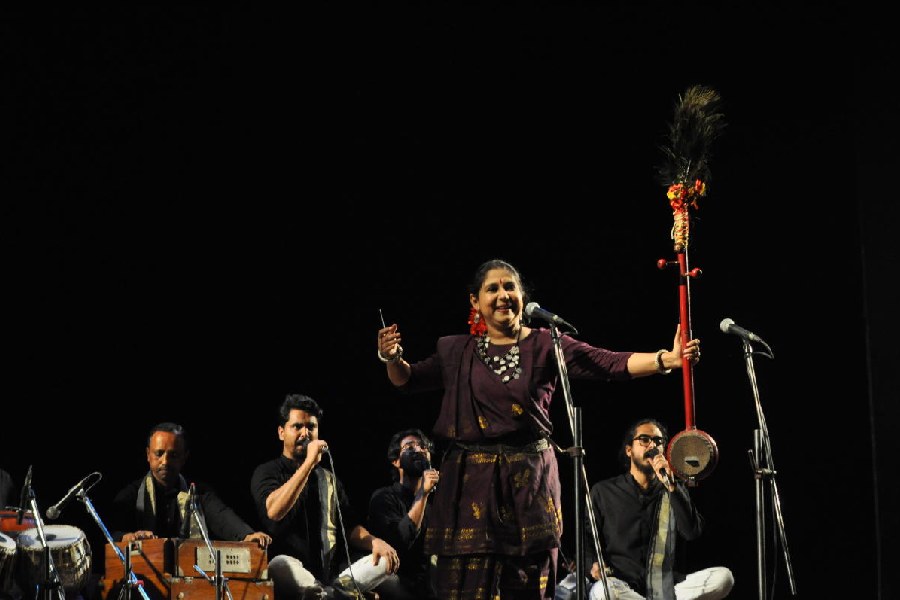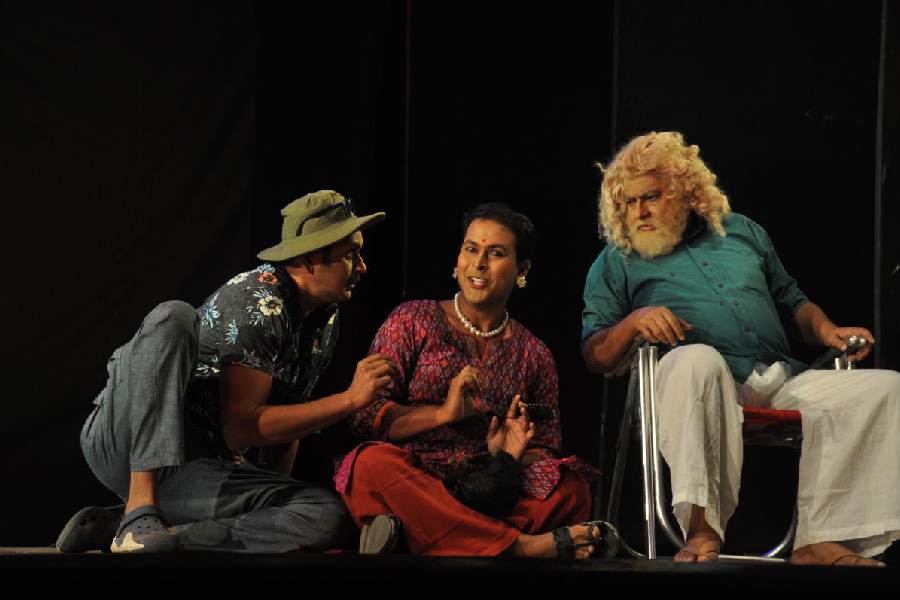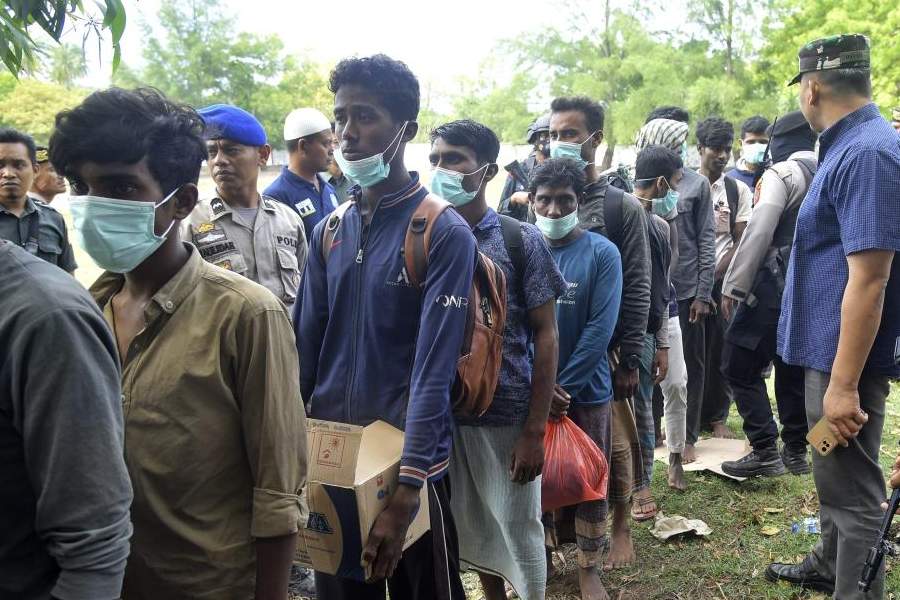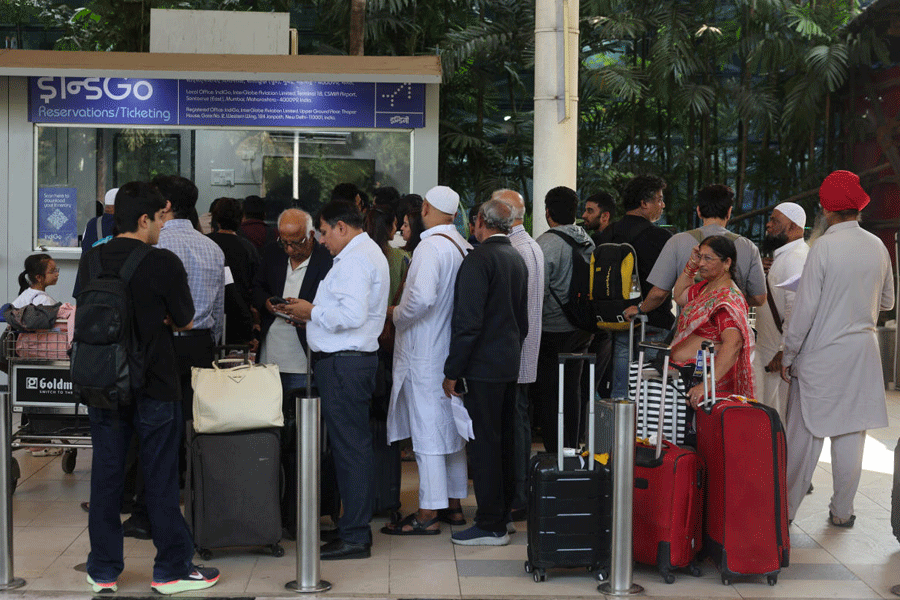Narir Mancha, Nandipat’s annual showcasing of theatrical works designed
and directed by women, completed sixteen years recently. There had been a time when Bangladesh featured prominently in the programme and the festival could boast of an international tag. It could not be sustained. This time, with participation from across the nation, the festival assumed a national character. With no parameter of artistic excellence, the choice of productions was, at best, arbitrary. But one can always expect pleasant surprises in situations like this.
Held at Tapan Theatre, the festival featured Kamaladevi, a biodrama based on Vaidehi’s biography of Kamaladevi Chattopadhyay, one of the champions of indigenous art and craft in post-colonial India. Presented by Guwahati-based
Seagull and directed by Bhagirathi, who also essayed the lead role, Kamaladevi was the most significant participation in this year’s event.

A Pandavani performance by Sima Ghosh
Inaugurated by Haimanti Chattopadhyay, a remarkable lady who is helming the West Bengal State Akademi of Dance Drama Music and Visual Arts for more than a decade now, the festival started with a staging of Chandanpurer Chor (picture, top). This Mukhomukhi production directed by Poulami Chattopadhyay was based on Soumitra Chattopadhyay’s adaptation of Jean Anouilh’s Thieves’ Carnival. Although a little dated, the misadventures of three outrageous thieves (Shankar Chakraborty,
Subrata Samajdar and Manas Mukherjee) going all out to rob a prosperous family vacationing in a seaside resort is a laugh riot. This reviewer has fond memories of
watching Soumitra Chattopadhyay’s original production at Bijon Theatre in 1994, also starring Anup Kumar. Poulami sticks to Soumitra Chattopadhyay’s text and enacts the female lead with precision. She gets brilliant support from Nancy, Biswajit Sarkar and Saptarshi Bhowmick, who portray a range of idiosyncrasies to complement the rogues’ march. Chakraborty’s and Sarkar’s way with comedy lit up the key moments as the comedy of errors and deception entertained the full house. One feels that Poulami Chattopadhyay could have given more space to the romantic sub-plots, thereby adding more spice to the presentation.
Inviting Sima Ghosh to perform Pandavani (picture, bottom), a narrative theatre form steeped in the performative tradition of Chhattisgarh, was a welcome move. Ghosh, immaculately trained by the legendary Teejan Bai, maintains the decorum and the diction of Pandavani. Formal aspects like supportive vocals and instruments,
all wearing Chhattisgarhi attire, are also adhered to. What makes Ghosh unique is her expertise in enacting the moods and the moves embedded in tales rooted in the Mahabharata tradition. The fact that she is a brilliant actor herself who can articulate minute shifts with her expressive eyes and facial movements enriches her performance beyond measure. Ghosh chose two segments — the disrobing of Draupadi and the slaying of Abhimanyu — for her March 12 performance, endowing each with critical asides touching upon contemporary times. Nilay Chakraborty was rock solid in accompanying her on percussions, while Arijit Chakraborty led the small team of co-singers creditably. Ninety minutes passed in no time. In fact, Ghosh’s appropriation of an indigenous art form could be a model for urban newcomers trying to learn similar forms.
The festival also featured Dure Kothay Dure Dure by Mumbai-based Spotlight and two more participations from Calcutta — Prosakha (Hatibagan Sangharam) and Sreenoti (Oihik). Given the potential of the festival and its chequered past, Narir Mancha should get a more prominent venue and Nandipat should select productions more judiciously. Intimate theatre, where out-of-the-box ideas are being played more innovatively, should make a comeback next time.











